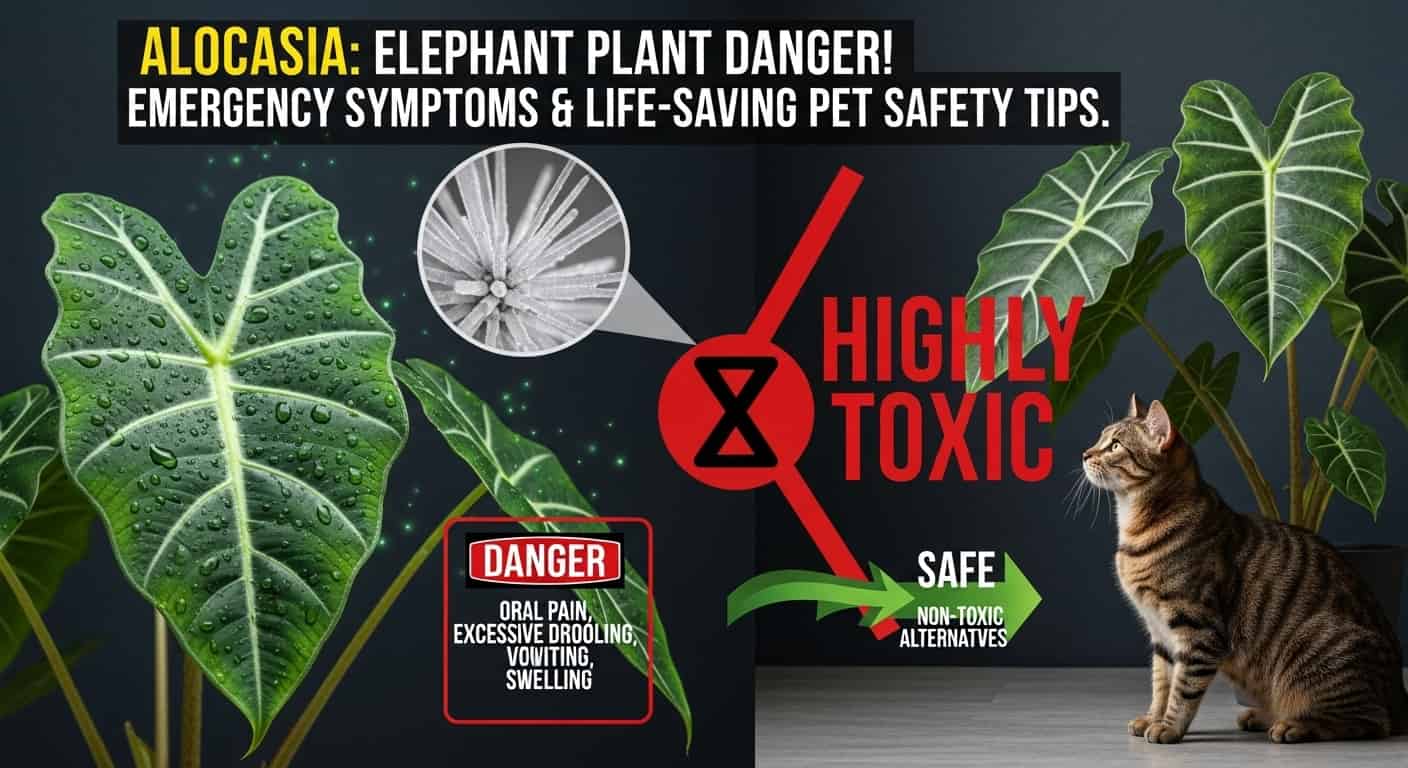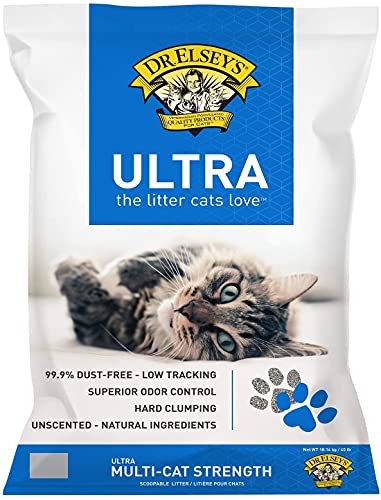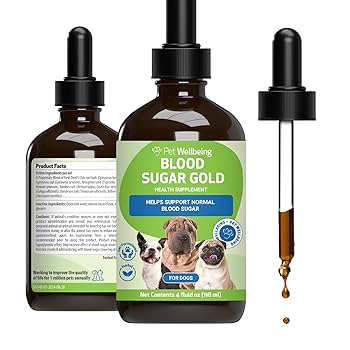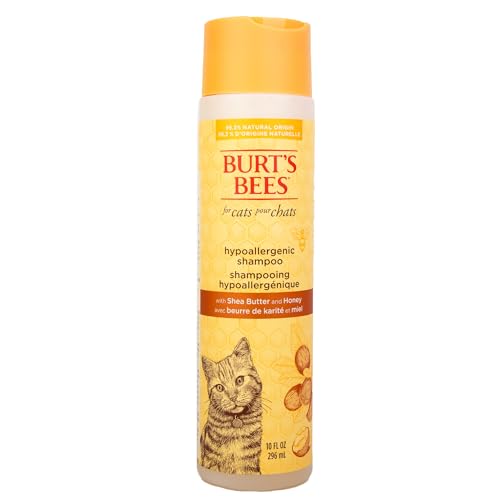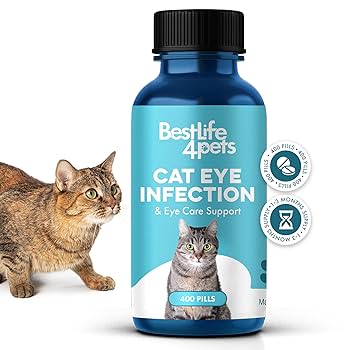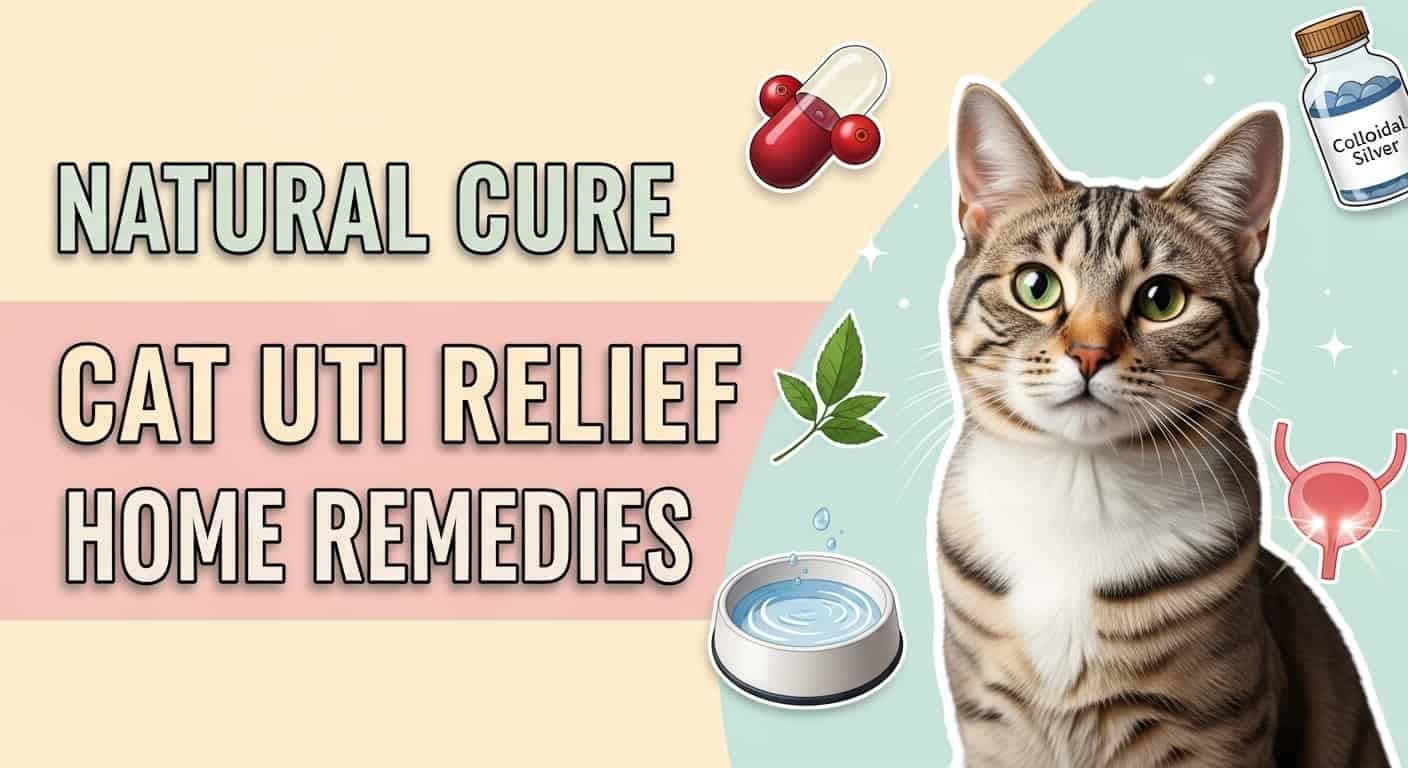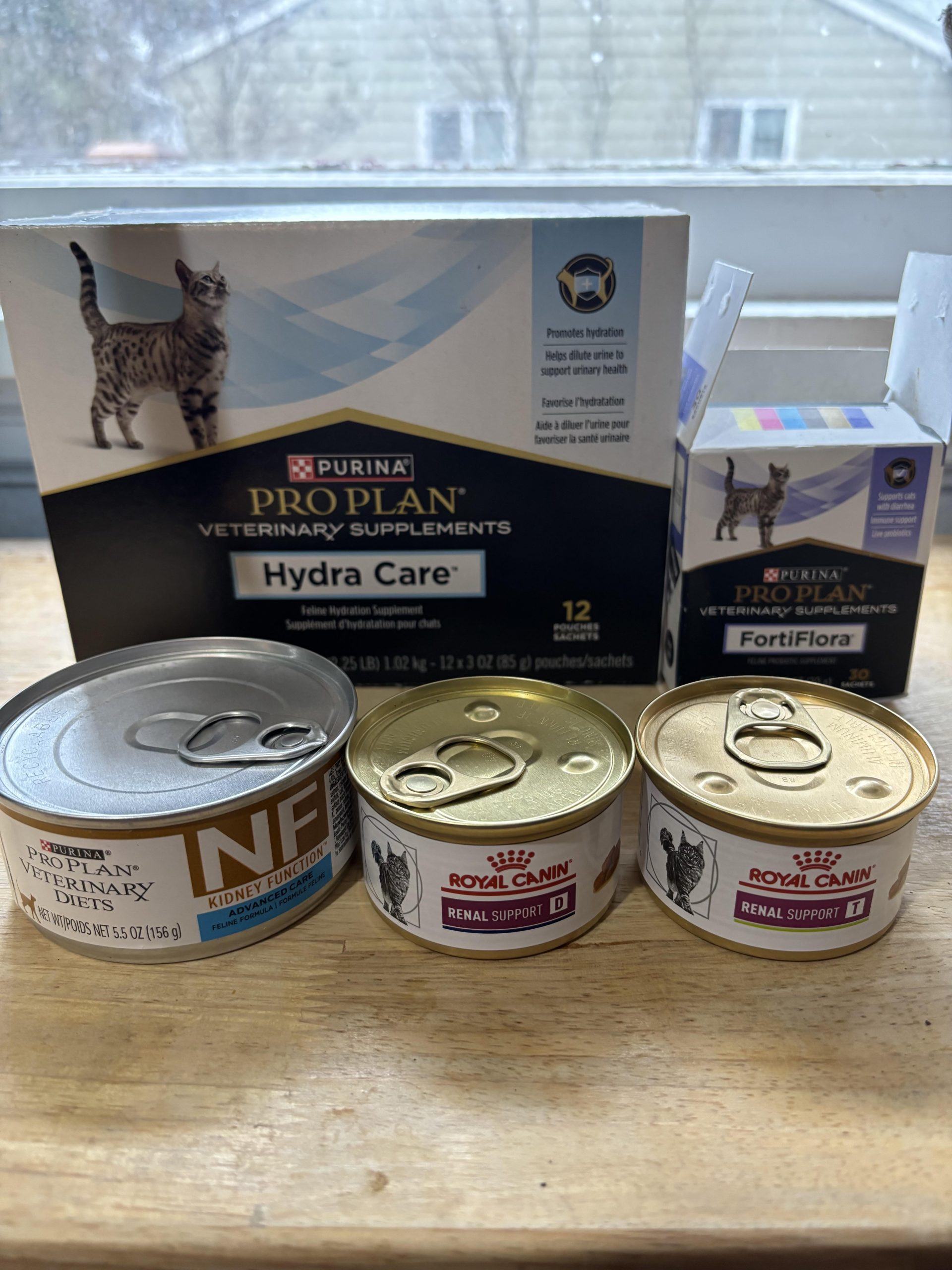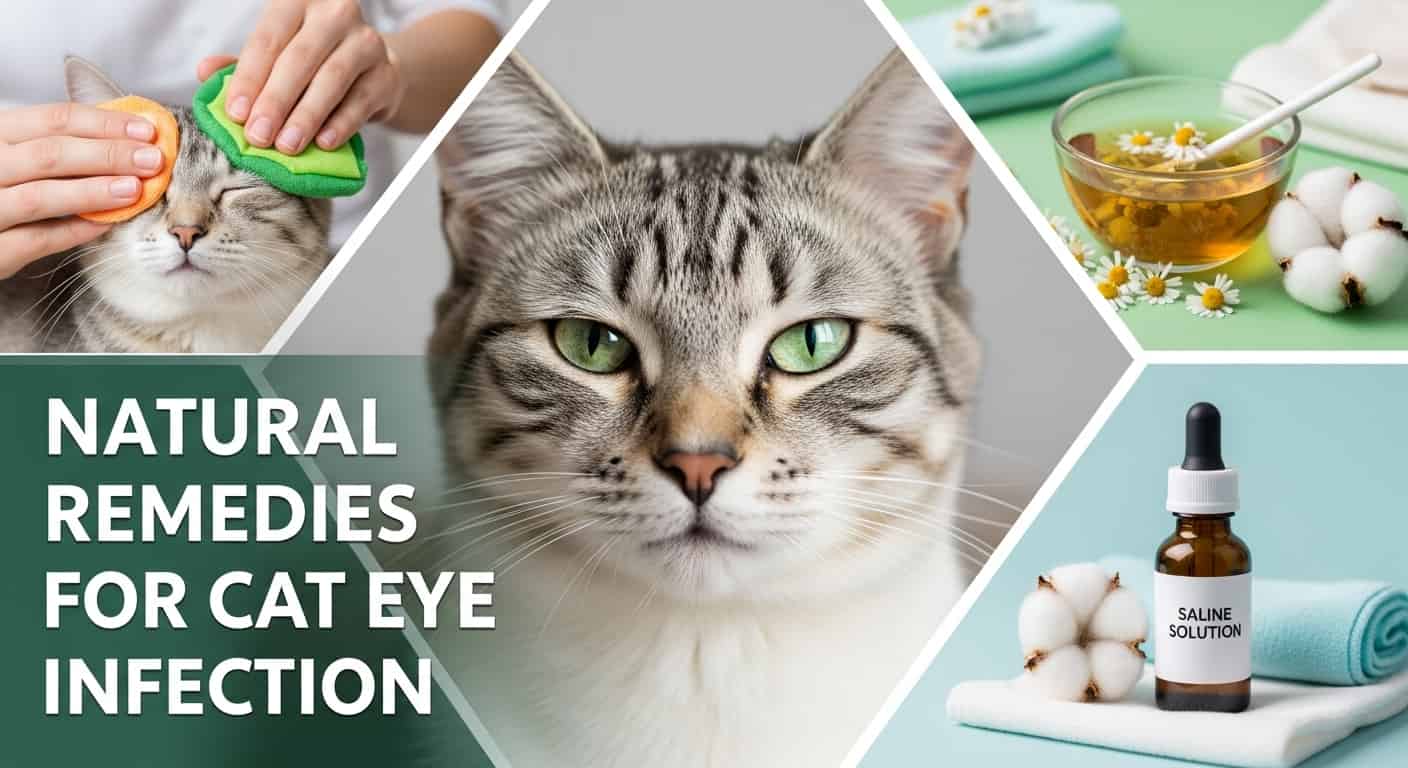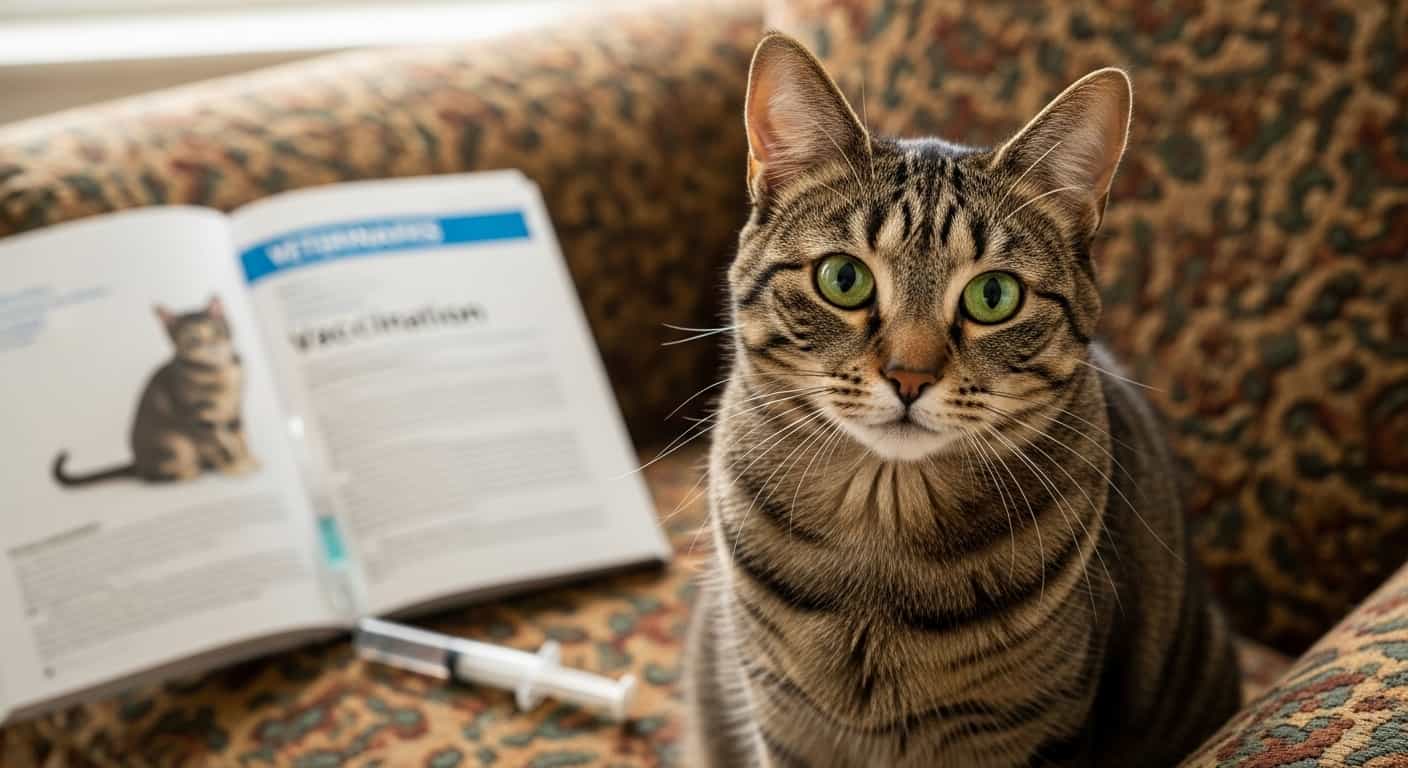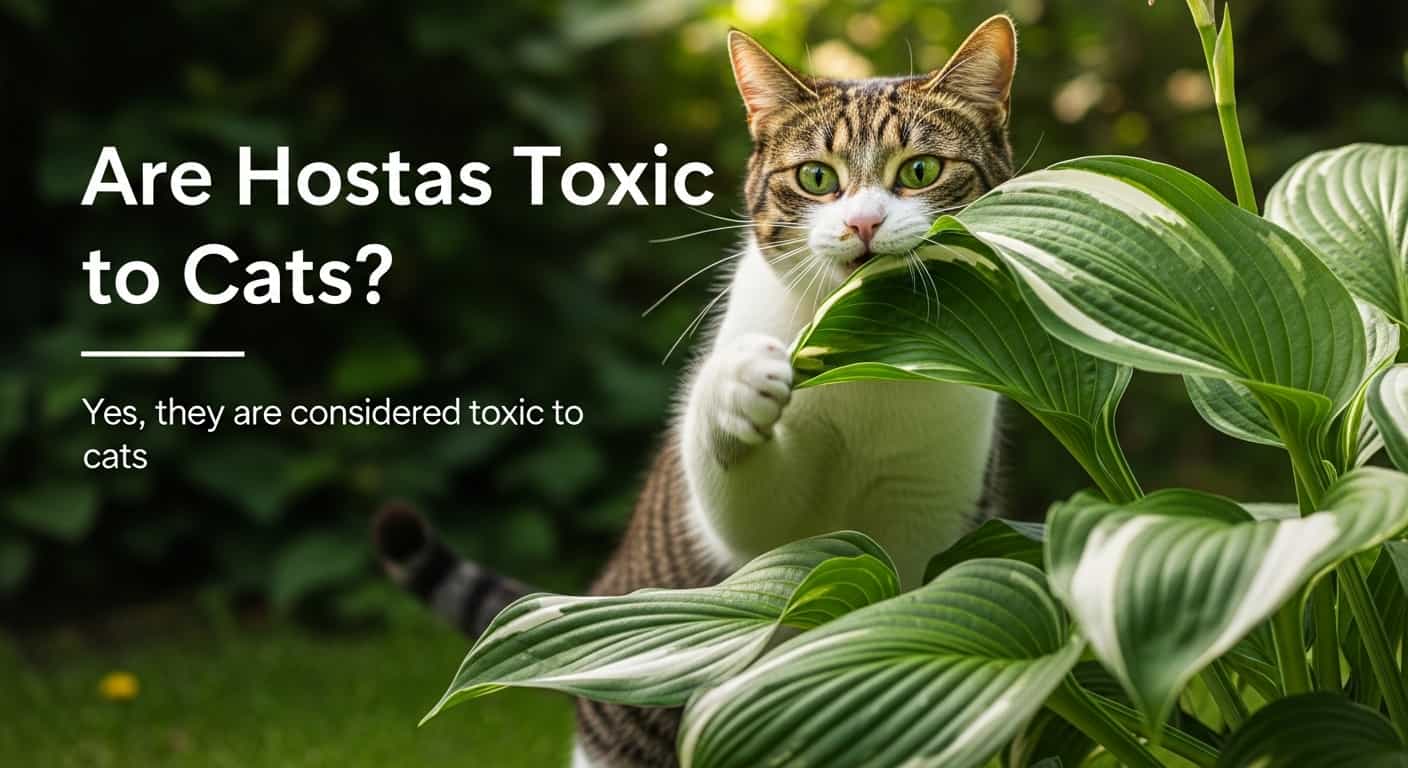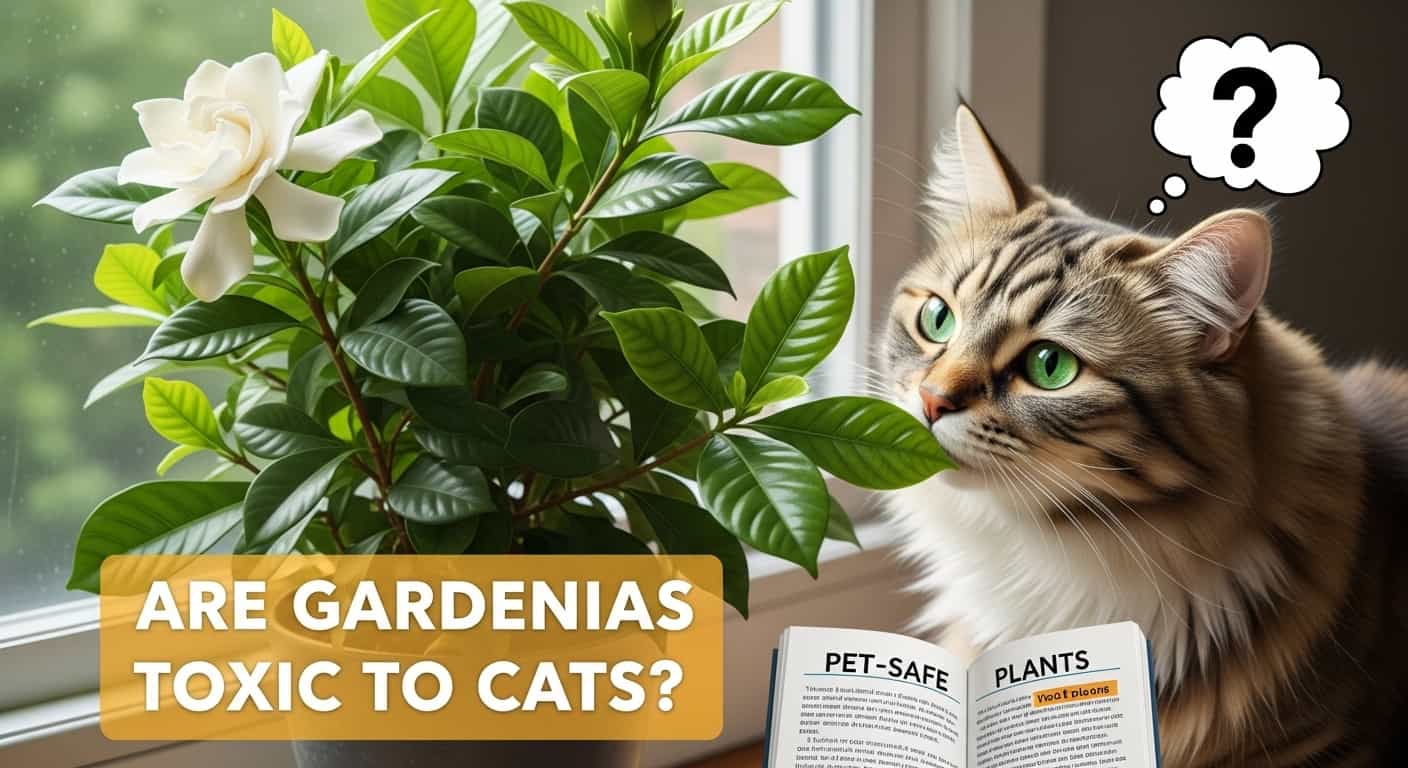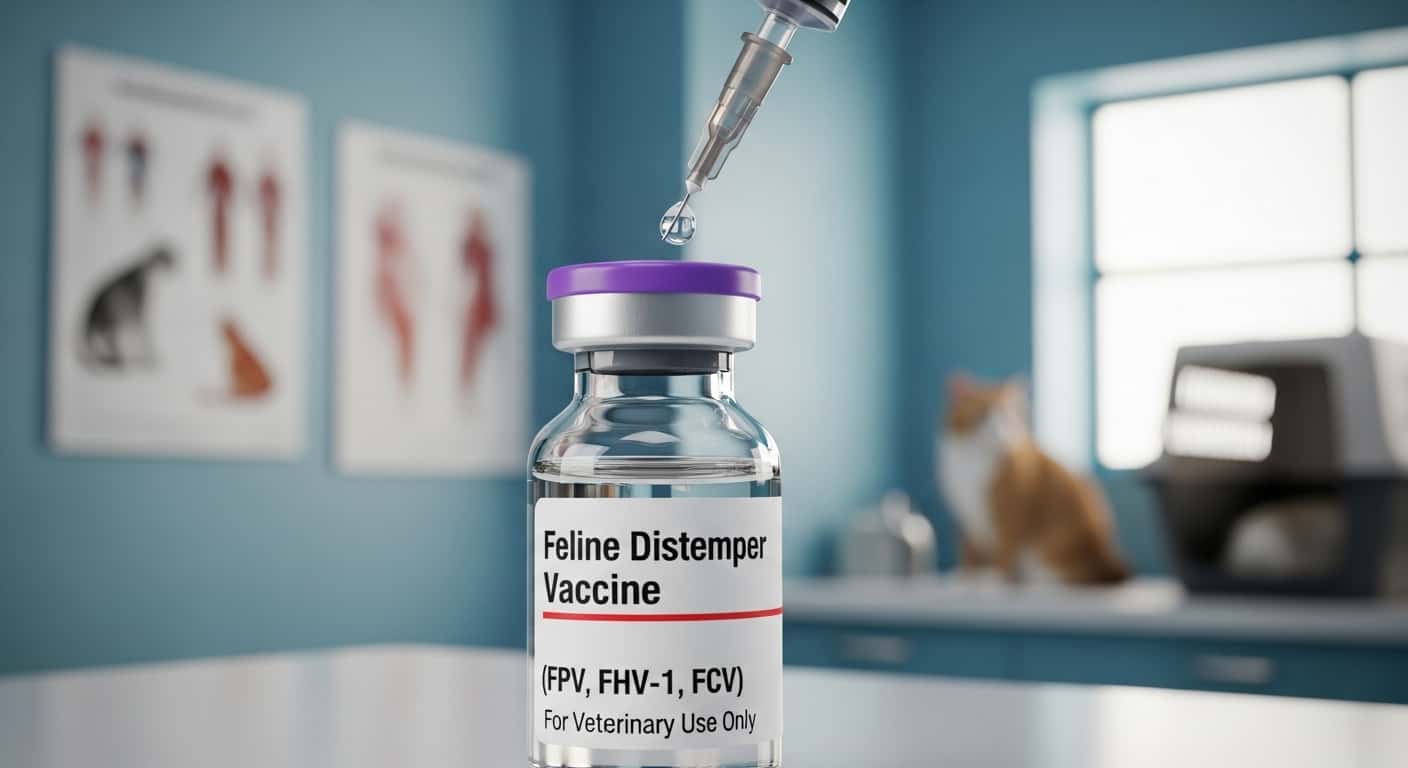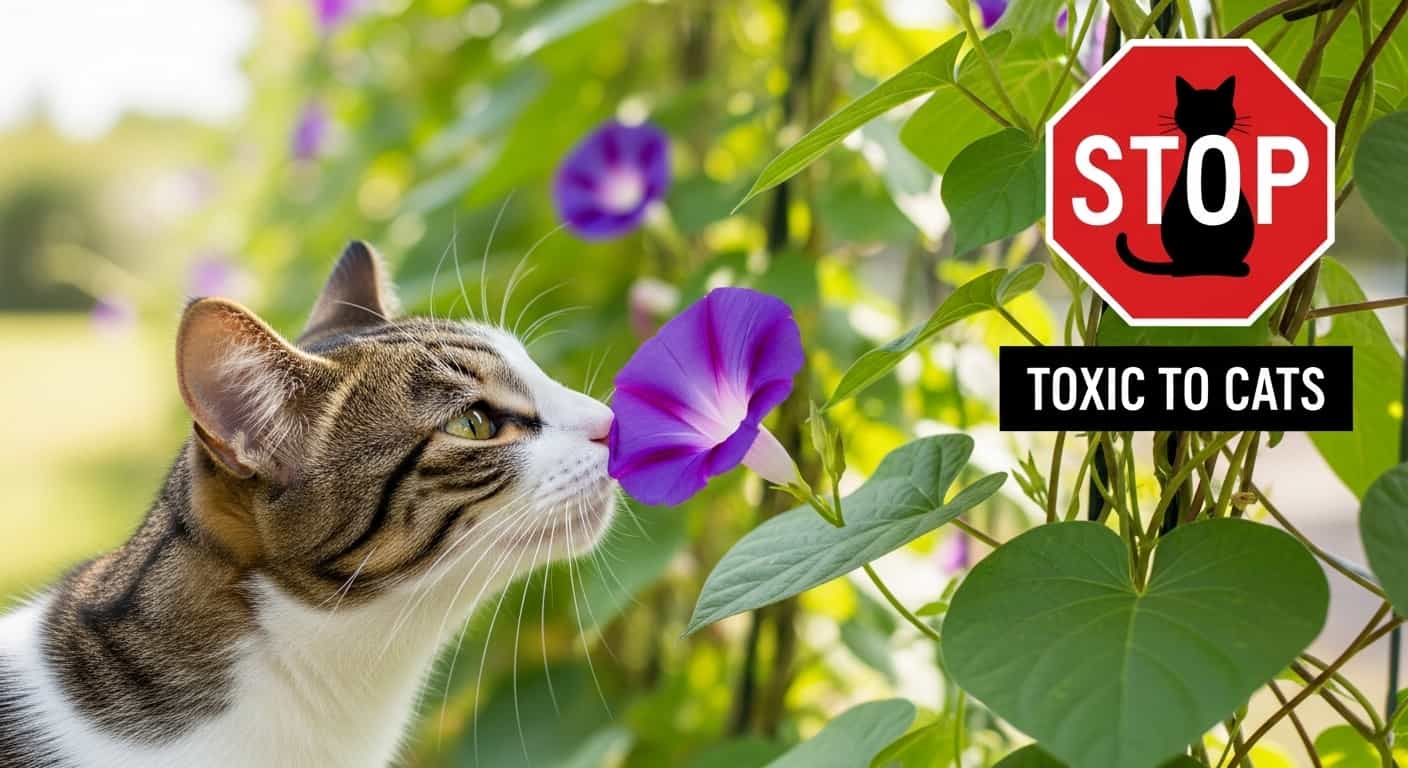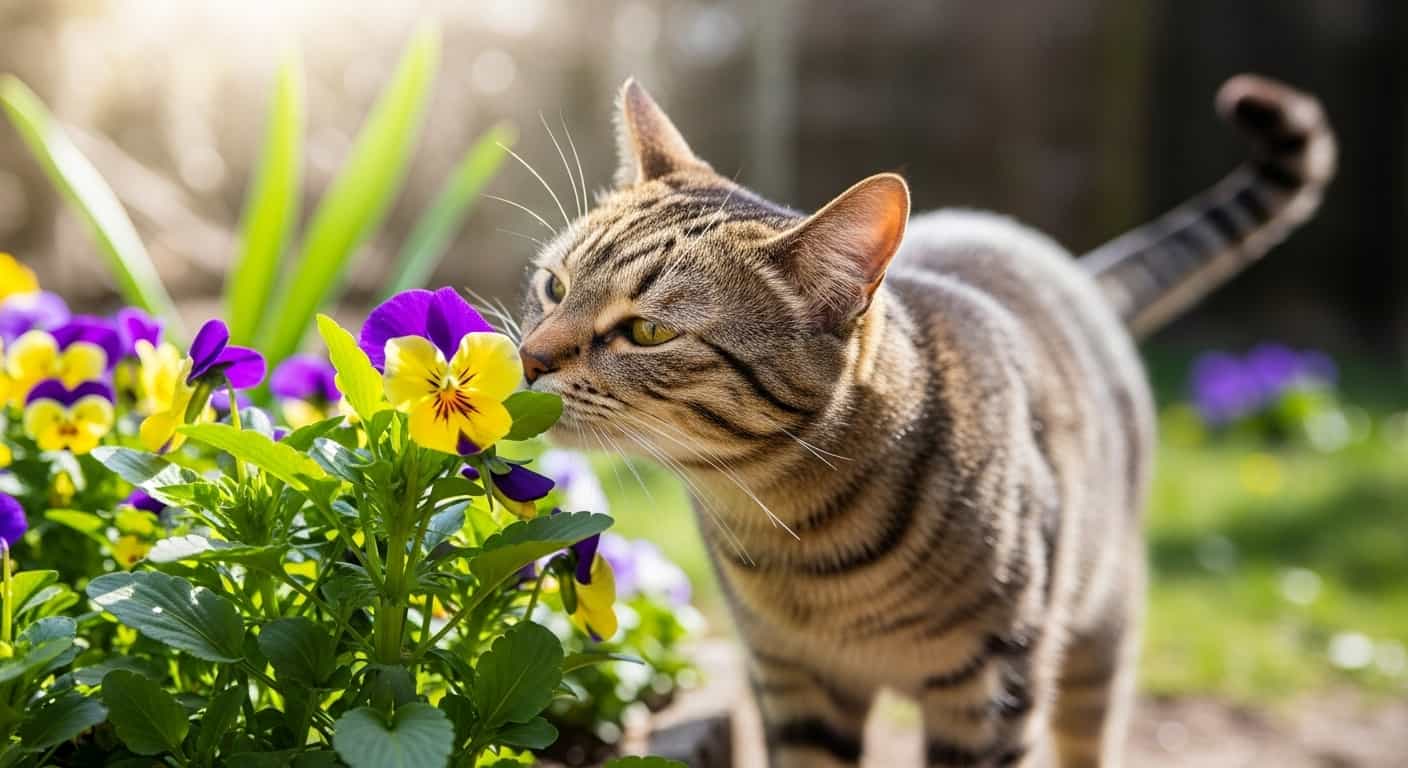Imagine this: you’re nurturing a beautiful Alocasia plant in your home, its glossy leaves and striking form adding a touch of elegance to your living space. But as you admire its beauty, a thought crosses your mind—your curious cat, always eager to explore, might find this plant irresistible too.
Table of Contents
ToggleCould this admiration turn into a hidden danger for your feline friend? If you’ve ever wondered whether Alocasia is toxic to cats, you’re not alone. This question is crucial for every pet owner who loves both plants and their four-legged companions.
With insights that could keep your beloved cat safe, this article will uncover the truth about Alocasia and its potential risks. You owe it to your pet to find out more—read on to ensure their safety and peace of mind.
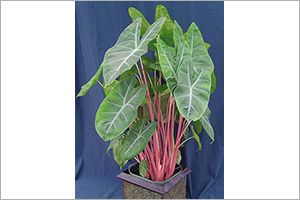
Credit: www.aspca.org
Alocasia Plant Characteristics
Alocasia plants, with their striking leaves, are popular in homes. They are toxic to cats if ingested. Symptoms include drooling, vomiting, and difficulty swallowing. Keep these plants out of reach to ensure your feline friend’s safety.
Understanding the characteristics of the Alocasia plant is essential, especially if you have a curious cat at home. Alocasia plants, often called Elephant Ear plants due to their large, heart-shaped leaves, are a striking addition to any indoor garden. However, their beauty comes with a caveat, as these plants can be toxic to cats. Knowing the features of Alocasia can help you decide if they’re the right fit for your home environment.What Does An Alocasia Plant Look Like?
Alocasia plants are known for their lush, broad leaves that can make a bold statement in any room. The leaves often have a glossy finish and distinct vein patterns. Some varieties even boast unique colors, such as deep green or silvery hues. Their impressive foliage can easily become the focal point of your indoor garden.Here's a related post that you might find useful. Are Coleus Plants Poisonous to Cats? Essential Safety Facts for Pet Owners
Growth Habits Of Alocasia
These plants can grow quite large, depending on the variety and conditions. Most Alocasia plants prefer a warm, humid environment and can thrive indoors if these conditions are met. However, they do require regular watering and well-draining soil to prevent root rot. You might find that your Alocasia grows faster in the spring and summer months.Light Requirements
Alocasia plants thrive in bright, indirect light. Direct sunlight can scorch their leaves, while too little light can stunt their growth. If you’re placing an Alocasia inside, a spot near a north or east-facing window is ideal. Consider how your home’s lighting conditions might impact the plant’s health and growth.Alocasia And Your Cat: A Cautionary Tale
Imagine your cat’s curiosity getting the better of them as they paw at the Alocasia’s enticing leaves. It’s crucial to remember that these plants contain calcium oxalate crystals, which can cause irritation if ingested by cats. Symptoms may include drooling, vomiting, or difficulty swallowing. With this in mind, always place your Alocasia out of your cat’s reach.Maintaining A Safe Environment
Consider alternative ways to ensure both your plant and pet coexist safely. Hanging planters or high shelves can keep the Alocasia out of your cat’s reach. Alternatively, you could explore using deterrents such as citrus peels, which are known to repel cats naturally. Keeping your home safe for your furry friends doesn’t mean you have to sacrifice having beautiful plants. Do you feel prepared to balance the beauty of Alocasia with the safety of your pets? With the right precautions, you can enjoy the striking presence of these plants without worry.
Credit: www.reddit.com
Toxic Components In Alocasia
Alocasia plants, with their lush, exotic leaves, are stunning additions to any home. Yet, these beauties harbor a hidden danger for curious cats. Understanding the toxic components in Alocasia can help protect your feline friends.
Here's a related post that you might find useful. Are Hostas Toxic to Cats: Essential Safety Guide
Calcium Oxalate Crystals
Alocasia contains sharp, needle-like calcium oxalate crystals. These crystals can irritate the mouth and throat. If ingested, they cause intense pain. Cats may drool, paw at their mouth, or even vomit.
Proteolytic Enzymes
Proteolytic enzymes are present in Alocasia. They break down proteins in tissues, leading to irritation. Cats may experience swelling in their mouth or throat. This can make breathing difficult.
Soluble Oxalates
Soluble oxalates are another threat. They can bind with calcium in the body. This reduces calcium levels, potentially leading to kidney issues. Cats may suffer from weakness or lethargy.
Immediate Symptoms In Cats
Symptoms appear quickly after ingestion. Difficulty swallowing is common. Cats may exhibit pawing at the face. These signs indicate discomfort and distress.
Long-term Effects
Long-term exposure can harm a cat’s health. Kidney damage might occur. Regular vet check-ups are crucial if exposure is suspected. Prevention is better than cure.
Symptoms Of Alocasia Poisoning In Cats
When your cat encounters the striking Alocasia plant, it might seem like just another curious adventure. However, this encounter can quickly turn into a dangerous situation. Understanding the symptoms of Alocasia poisoning in cats is crucial for every pet owner. By recognizing these signs early, you can ensure your furry friend gets the help they need.
Gastrointestinal Distress
One of the first symptoms of Alocasia poisoning is gastrointestinal distress. Your cat may start vomiting or have diarrhea. This can happen soon after ingesting the plant. Keep an eye out for any sudden changes in their bathroom habits.
If you notice your cat refusing food or water, it might be a sign of discomfort. Cats are known for being finicky eaters, but a complete lack of interest in food can indicate a serious issue.
Excessive Drooling
Excessive drooling is another common symptom. Cats don’t drool like dogs, so if your cat suddenly starts drooling excessively, it might be due to Alocasia poisoning. This reaction is often accompanied by pawing at the mouth or face.
Consider how you would feel with a persistent itch that won’t go away. Your cat might be experiencing similar discomfort. This symptom is not just alarming but can lead to dehydration.
Swelling Of The Mouth Or Throat
Swelling in the mouth or throat area is particularly concerning. It can make breathing difficult for your cat. If you notice any swelling, it’s essential to seek veterinary help immediately. Breathing difficulties can escalate quickly, turning a minor issue into a major emergency.
Imagine having your throat swell up and block your airway. That’s a terrifying experience for anyone, including your feline friend.
Lethargy And Weakness
Lethargy and weakness are signs your cat might be struggling internally. If your active kitty suddenly becomes sluggish, it could be due to Alocasia poisoning. Notice if they are sleeping more or avoiding their usual playtime activities.
Ask yourself how you feel when you’re sick and tired. Your cat might be experiencing similar feelings of weakness and fatigue.
What Should You Do?
So, what can you do if you suspect Alocasia poisoning? Time is of the essence. Contact your vet immediately and describe the symptoms you’ve observed. Keep a sample of the plant to show your vet, if possible.
Preventive measures can save your cat from a painful experience. Consider placing Alocasia plants out of reach or choosing cat-friendly plants instead.
Is your home truly safe for your curious cat? Taking the time to assess plant dangers can prevent emergencies and keep your beloved pet healthy.
Immediate Actions For Suspected Poisoning
Alocasia plants are poisonous to cats, causing symptoms like vomiting or difficulty breathing. Quick action is vital. Remove any plant pieces from your cat’s mouth and call the vet immediately for advice.
When your beloved cat encounters the toxic Alocasia plant, swift action is crucial. Recognizing the signs and knowing the immediate steps can be life-saving. Cats are curious creatures, often exploring with their mouths, and Alocasia’s toxicity can lead to severe consequences if not addressed promptly.Recognize The Symptoms
The first step in handling potential Alocasia poisoning is to identify the symptoms. Look for signs like drooling, vomiting, or pawing at the mouth. You might also notice a lack of appetite or lethargy. It’s essential to act quickly if you suspect your cat has ingested any part of the plant. Early detection can significantly improve the outcome for your feline friend.Contact Your Veterinarian Immediately
Don’t delay in contacting your vet if you suspect poisoning. Even if the symptoms seem mild, a professional evaluation is necessary. When I realized my cat had nibbled on an Alocasia leaf, the vet provided immediate advice over the phone, guiding me on what to do next. This quick response can make all the difference.Prevent Further Exposure
Ensure that your cat cannot access the plant again. Move the Alocasia to a place that your cat cannot reach or consider removing it from your home entirely. This proactive step helps avoid repeated incidents and keeps your environment safe for your pet.Administer First Aid
While waiting for veterinary assistance, there are some first aid measures you can take. Gently rinse your cat’s mouth with water to remove any plant residue. Avoid inducing vomiting unless instructed by your vet, as this can sometimes cause more harm than good. Always follow professional advice for the best outcomes.Prepare For The Vet Visit
If you need to take your cat to the vet, be ready with all necessary information. Bring a sample or picture of the plant to help the vet identify the toxin. Having details about when and how much your cat ingested can assist the vet in providing the best treatment. Your preparedness can ensure a swift and accurate response. By taking these immediate actions, you can protect your cat from the dangers of Alocasia poisoning. How do you ensure your home is safe for your pets?Long-term Health Impacts On Cats
Alocasia is harmful to cats, causing digestive troubles and serious health issues. Long-term exposure can lead to kidney failure or worse. Protect your feline friends by keeping this plant out of reach.
When it comes to our feline friends, ensuring their safety is always a top priority. Alocasia, a popular houseplant known for its striking foliage, is unfortunately toxic to cats. While the immediate effects of ingestion are concerning, the long-term health impacts can be equally distressing. Understanding these effects will help you make informed decisions about the plants you keep at home.Immediate Vs. Long-term Health Concerns
Immediate symptoms, like drooling or vomiting, might be noticeable right away. However, persistent exposure or ingestion can lead to more severe long-term health issues. Cats may experience chronic digestive issues or respiratory problems that can significantly impact their quality of life.Understanding Kidney Damage
Alocasia contains calcium oxalate crystals, which, over time, can lead to kidney damage. Regular ingestion of these crystals can cause the kidneys to work harder, potentially leading to kidney failure. A friend of mine had to face the heartbreaking situation of their cat suffering from kidney complications, and it was traced back to repeated exposure to Alocasia.Impact On The Respiratory System
The tiny crystals in Alocasia can irritate a cat’s respiratory tract. Prolonged exposure might cause breathing difficulties or chronic coughing. If you’ve noticed your cat wheezing or struggling to breathe, it’s crucial to evaluate their environment for toxic plants.Behavioral Changes And Stress
Cats are sensitive creatures, and exposure to toxins can lead to behavioral changes. You might observe increased anxiety or withdrawal, which can be distressing for both you and your pet. Keeping a close watch on your cat’s behavior can help you spot these changes early.Preventive Measures For Pet Owners
What steps can you take to protect your furry friend? Removing Alocasia from your home is the most effective way to prevent toxicity. Alternatively, you can place the plant in an area inaccessible to your cat. Regular vet check-ups also help catch any health issues before they escalate. Taking these steps ensures your cat remains healthy and happy. After all, their well-being is worth every effort.Credit: florasense.com
Preventive Measures For Cat Owners
As a cat owner, ensuring the safety and well-being of your feline friend is a top priority. If you have Alocasia plants in your home or garden, knowing how to prevent your curious cat from coming into contact with these potentially toxic plants is crucial. By taking simple preventive measures, you can create a safe environment for your cat while still enjoying your greenery. Let’s dive into some practical steps you can take.
Create Cat-free Zones
Designate specific areas in your home where your cat is not allowed. You might use baby gates or closed doors to restrict access to rooms where Alocasia is present. This strategy can effectively keep your cat away from potentially harmful plants.
Elevate Your Plants
Place Alocasia plants on high shelves or use plant stands. Cats are curious but often less inclined to climb if they can’t easily reach something. Elevating plants can deter your cat from interacting with them.
Use Repellent Sprays
Consider using pet-safe repellent sprays on and around your Alocasia plants. These sprays can discourage your cat from approaching. Always check the label to ensure the repellent is safe for both cats and plants.
Provide Safe Alternatives
Offer your cat safe plants or toys to satisfy their curiosity and play instincts. Cat grass or interactive toys can be great distractions. This approach keeps your cat engaged and away from dangerous plants.
Educate Yourself And Others
Learn about the toxic plants in your environment. Share this knowledge with other family members or roommates. Everyone should be aware of the potential risks to ensure collective vigilance.
Have you ever wondered why your cat is so fascinated with plants? Their curiosity might seem harmless, but knowing the risks can save you from a trip to the vet. By taking these precautions, you can enjoy your home decor without compromising your cat’s safety. Have any of these measures worked for you, or do you have another trick up your sleeve? Share your thoughts and tips below!
Alternatives To Alocasia For Homes With Cats
Alocasia plants are stunning but toxic to cats. Many plant lovers seek safe alternatives for their feline-friendly homes. Fortunately, there are several beautiful and non-toxic options. These plants offer similar aesthetic benefits without harming your pets.
Spider Plant
Spider plants are safe for cats and easy to care for. Their long, arching leaves bring a lively touch to your space. They thrive in indirect sunlight and require minimal watering. Perfect for busy plant owners.
Boston Fern
Boston ferns are lush and safe for cats. Their feathery fronds add elegance to any room. They prefer humid environments, making them ideal for bathrooms. Regular misting keeps them healthy and vibrant.
Bamboo Palm
Bamboo palms are non-toxic and pet-friendly. Their tall, slender leaves create a tropical vibe indoors. They purify the air and need moderate sunlight. Water them weekly for optimal growth.
Areca Palm
Areca palms are another safe choice for homes with cats. Their bright green leaves brighten any room. They flourish in bright, indirect light. Water them when the soil feels dry for best results.
Calathea
Calathea plants are safe for cats and visually striking. Their colorful foliage offers variety in your plant collection. They prefer low to medium light and consistent moisture. A great choice for low-light areas.
Parlor Palm
Parlor palms are elegant and pet-friendly. Their gentle fronds suit indoor spaces beautifully. They tolerate low light and occasional watering. Ideal for beginners and experienced plant owners alike.
Expert Advice And Resources
Alocasia plants pose a danger to cats due to toxic compounds. Symptoms may include vomiting and oral irritation. Consult a veterinarian if ingestion occurs to ensure your pet’s safety.
Alocasia plants, also known as Elephant Ears, are popular for their striking appearance. But, pet owners often ask about their safety around cats. Expert advice can guide you on this topic. Here, we explore the insights provided by professionals and share valuable resources.Understanding Alocasia’s Toxicity
Experts agree that Alocasia is toxic to cats. The plant contains calcium oxalate crystals. These can cause irritation when ingested. Cats may experience drooling or oral pain. Severe cases might lead to vomiting. Knowing this helps in protecting your pet.Veterinarian Insights On Alocasia
Veterinarians suggest immediate action if your cat ingests Alocasia. It’s crucial to consult a vet quickly. They can offer the best treatment. Prompt care can prevent serious health issues. Keep emergency vet numbers handy.Resources For Pet Safety
Many online resources offer guidance on plant toxicity. Websites like the ASPCA provide detailed lists. These include toxic and non-toxic plants. Use these resources to educate yourself. Stay informed for your pet’s safety.Preventive Measures At Home
Place Alocasia plants out of reach. Consider hanging baskets or high shelves. Train your cats to avoid plants. Use deterrents if necessary. Safety measures can minimize risks. Your home should be a safe space for pets.Consulting With Pet Behaviorists
Pet behaviorists can help with plant avoidance training. They offer strategies tailored to your cat. This training can be crucial. It teaches cats to stay away from harmful plants. Ensuring a safer environment for them.Frequently Asked Questions
Are Alocasia Plants Harmful To Cats?
Yes, Alocasia plants are harmful to cats. They contain calcium oxalate crystals, which can cause irritation. If ingested, cats may experience drooling, vomiting, or difficulty swallowing. It’s important to keep these plants out of reach of pets. Consult a vet immediately if your cat shows any symptoms.
What Symptoms Do Cats Show After Alocasia Ingestion?
Cats may exhibit drooling, vomiting, and difficulty swallowing after Alocasia ingestion. The calcium oxalate crystals in the plant cause mouth and throat irritation. If your cat displays any of these symptoms, seek veterinary care promptly. Quick action can prevent severe complications and ensure your pet’s safety.
How Can I Prevent My Cat From Eating Alocasia?
To prevent your cat from eating Alocasia, place the plant in inaccessible areas. Use deterrents like citrus peels or sprays to keep cats away. Alternatively, consider opting for non-toxic plants. Always supervise your pets around plants and consult a vet if ingestion occurs.
What Should I Do If My Cat Eats Alocasia?
If your cat eats Alocasia, immediately contact your veterinarian. Keep the plant out of reach and monitor for symptoms. Provide the vet with details about the ingestion. Early intervention can prevent severe symptoms and ensure your cat’s safety. Always err on the side of caution.
Conclusion
Alocasia plants are beautiful but harmful to cats. The leaves can cause discomfort. Swelling, vomiting, and drooling might occur if ingested. Always keep these plants out of reach. Consider choosing cat-friendly plants instead. Your cat’s safety should always come first.
If your cat shows symptoms, contact a vet promptly. Better safe than sorry. Providing a safe environment is crucial. Educate yourself on potential plant dangers. Love your pets, protect your pets. Stay informed and cautious. Keep your home a happy place for all.

